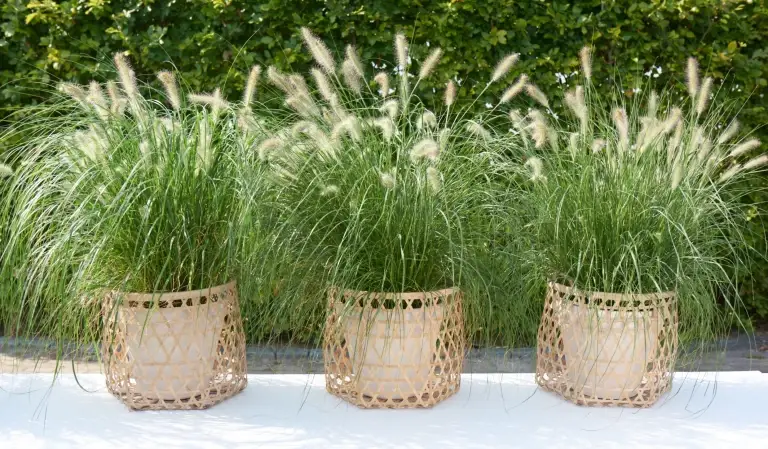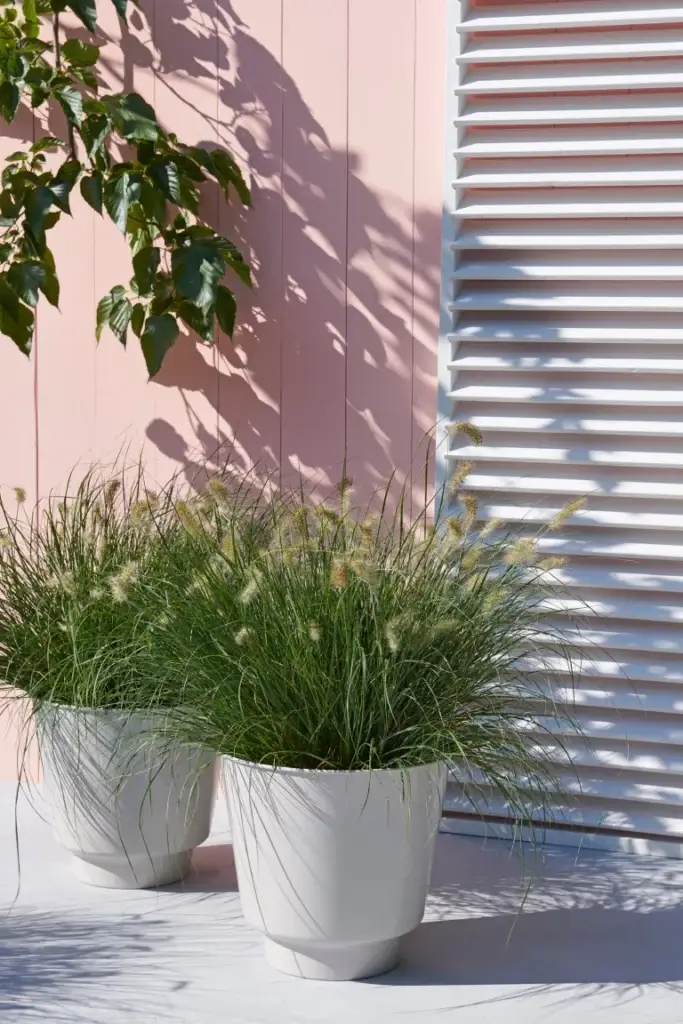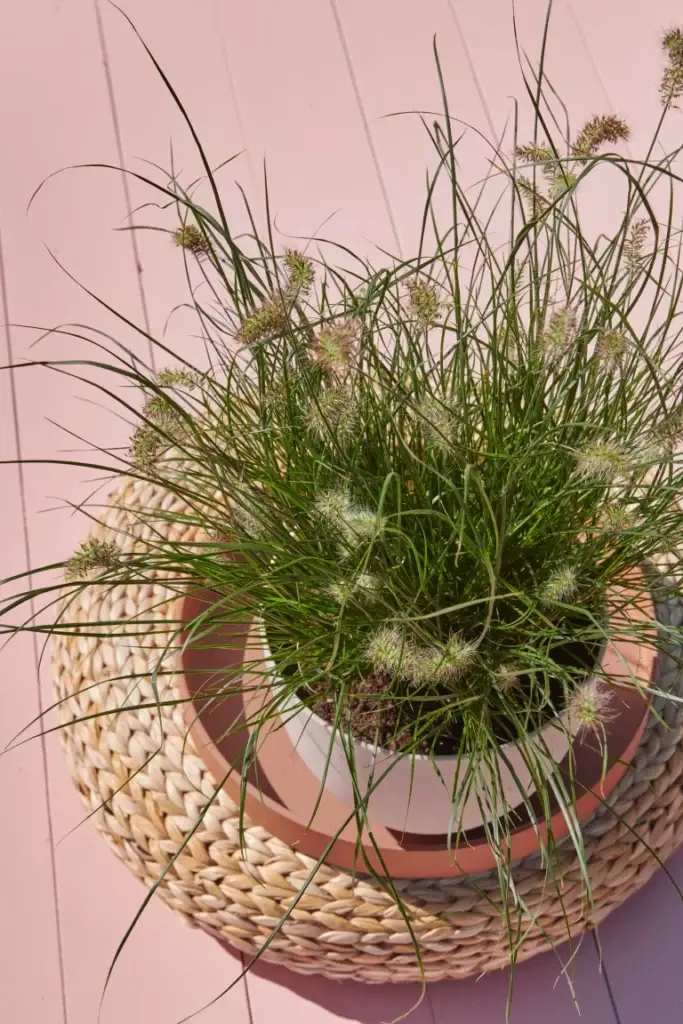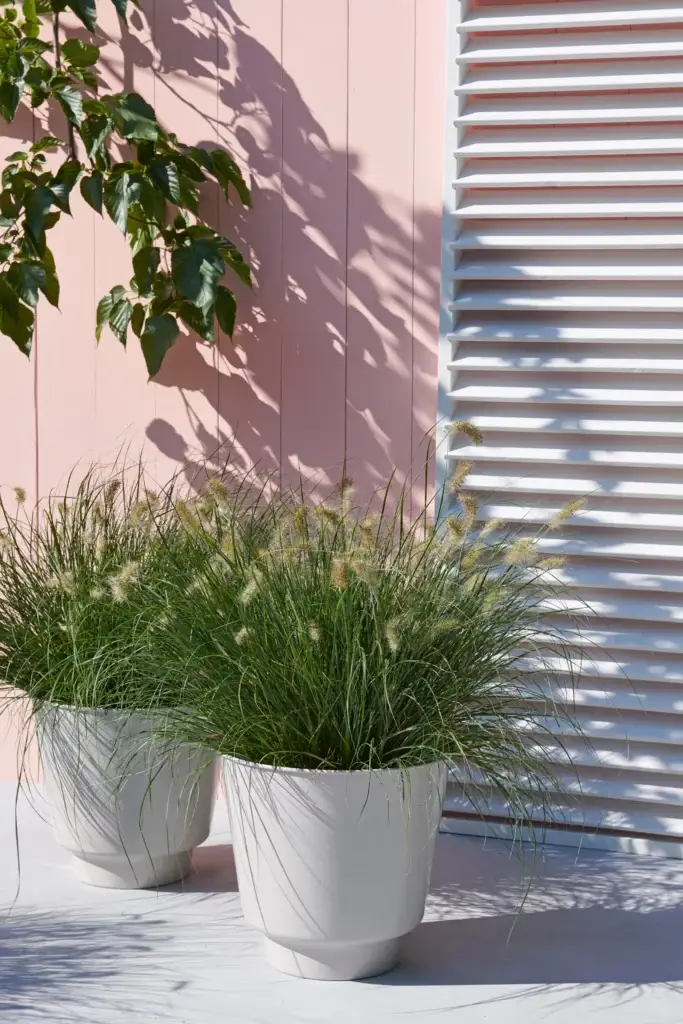Pennisetum
| Name: Pennisetum | Family: Poaceae | Type Plant: Ornamental grass |
| Flowering time: Summer to autumn | Best time to buy: Around flowering time | Max Height: 30-150 cm |
| Sun/Shadow: Full sun | Wintergreen: No | Humidity: Moderate |
History/Origin
Enter a world of natural elegance with Pennisetum, an ornamental grass that has captured the hearts of garden lovers for centuries. The origins of Pennisetum date back to Africa, where these grasses thrive in various habitats. The name “Pennisetum” is derived from the Latin words “penna” (feather) and “seta” (brush), which perfectly captures the feathery, brush-like inflorescences that make these grasses truly fascinating.
Soil and Planting
Creating a display of Pennisetum in your garden starts with selecting the right soil and planting conditions. These grasses have remarkable adaptability and thrive in both sunny and partially shaded locations. Well-drained soil is important to prevent the roots from getting wet and promote healthy growth. Adding organic matter to the soil can improve its structure and fertility so that your Pennisetum thrives.
Care and Handling
Pennisetum is known for its low maintenance, making it an excellent choice for both novice and experienced gardeners. Once established, these grasses require minimal care. Regular watering during the growing season helps the roots develop, but they can tolerate short periods of drought once mature. When the seasons change, prune back the foliage in late winter or early spring to encourage fresh growth.
Inspiration
Imagine your garden transformed into a serene oasis, alive with the graceful sway of Pennisetum. These grasses provide a touch of movement and texture that blend seamlessly with different garden styles. From contemporary landscapes to cottage gardens, Pennisetum adds a sense of whimsy and sophistication. Create beautiful focal points or design captivating borders with these versatile grasses as your artistic allies.
*Pictures from AMIGRA




